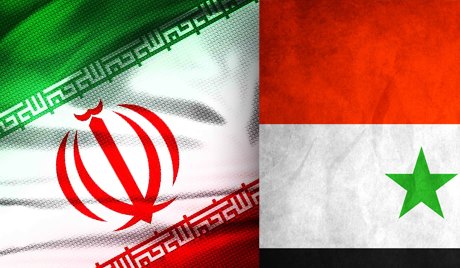SYRIA
The major developments of the week came on the military front, but they only reinforced the “dynamic stalemate” between the regime and the insurgency.
The Syrian military had success in Aleppo Province, with the capture of as-Safira to the east of its besieged areas of Aleppo, and in the southern Damascus suburbs. The insurgents, however, took a key location and a haul of weapons when they overran the Mahin ammunition depot in Homs Province.
And, in the “other” front in the north, Kurdish militia consolidated their belt of territory in northeast Hasakah Province while holding other towns like Ras al-Ayn.
The endless political play of talks about “peace” talks continued, with United Nations envoy Lakhdar Brahimi touring the Middle East and the US and Russia continuing to press for a gathering. However, the only shift was marginal: the opposition Syrian National Coalition said it would attend the conference but re-iterated pre-conditions such as a commitment for President Assad to leave power.
RISK ANALYSIS
Moving towards winter, the conflict is likely to be marked by ripples and no break-throughs. The Syrian military can bombard and, with Hezbollah, mass forces for the capture of positions to relieve pressure on Aleppo and the capital. However, stretched in both men and resources, it can do so only at the expense of losing elsewhere. And there is no hope that it can regain control across the north.
The insurgency’s factions can co-ordinate for operations such as the seizure of the Mahin depot, but the opposition is too fragmented to mount a campaign across the country, or even against key cities. Saudi assistance is increasing, but it cannot compensate for the withdrawal of support from other countries such as the US.
FEATURED ANALYSES
Syria Analysis: Can Saudi Arabia Help Form a “National Insurgency”?
Syria & Middle East Video Analysis: Does the US Have a Strategy?
***
In the most substantial international talks in the 34-year history of the Islamic Republic, Iran and the 5+1 Powers came close to an initial agreement over Tehran’s nuclear program.
However, with Foreign Ministers gathered for the conclusion, France blocked the deal, claiming concerns over the arrangements for Iran’s suspension of 20% enrichment of uranium and its construction of the Arak heavy-water nuclear reactor.
Iran and the 5+1 agreed to re-convene on November 20, in the hope of confirming the agreement linking limits on enrichment to lifting of US-led sanctions.
Despite the last-minute setback, it was a very good week for the Rouhani Government, which continued to enjoy backing from the Supreme Leader for its diplomatic effort. The strident opposition of Israel to any agreement and the French “betrayal” only appeared to boost the image of the Government defending Iran’s interests.
RISK ANALYSIS
Entering the Geneva talks on Thursday, the most optimistic window for an initial deal — coming from the Iranians — was 3 to 6 months. The Islamic Republic and the 5+1 Powers almost reached that point within 48 hours.
Even with the French veto, the advance of the US towards agreement is the most important shift in the diplomatic terrain. With the other 5+1 Powers already lined up for a deal, the question in the next 10 days is whether the Obama Administration can hold the line against efforts by Israel, some Gulf States, and US domestic factions to undermine the tentative settlement.
FEATURED ANALYSES
Iran Special: Success or Failure in the Nuclear Talks? — A 3-Point Analysis
Syria Special: Updated — Iran’s Revolutionary Guards, Assad’s Militia, & A Dead Commander & Filmmaker

